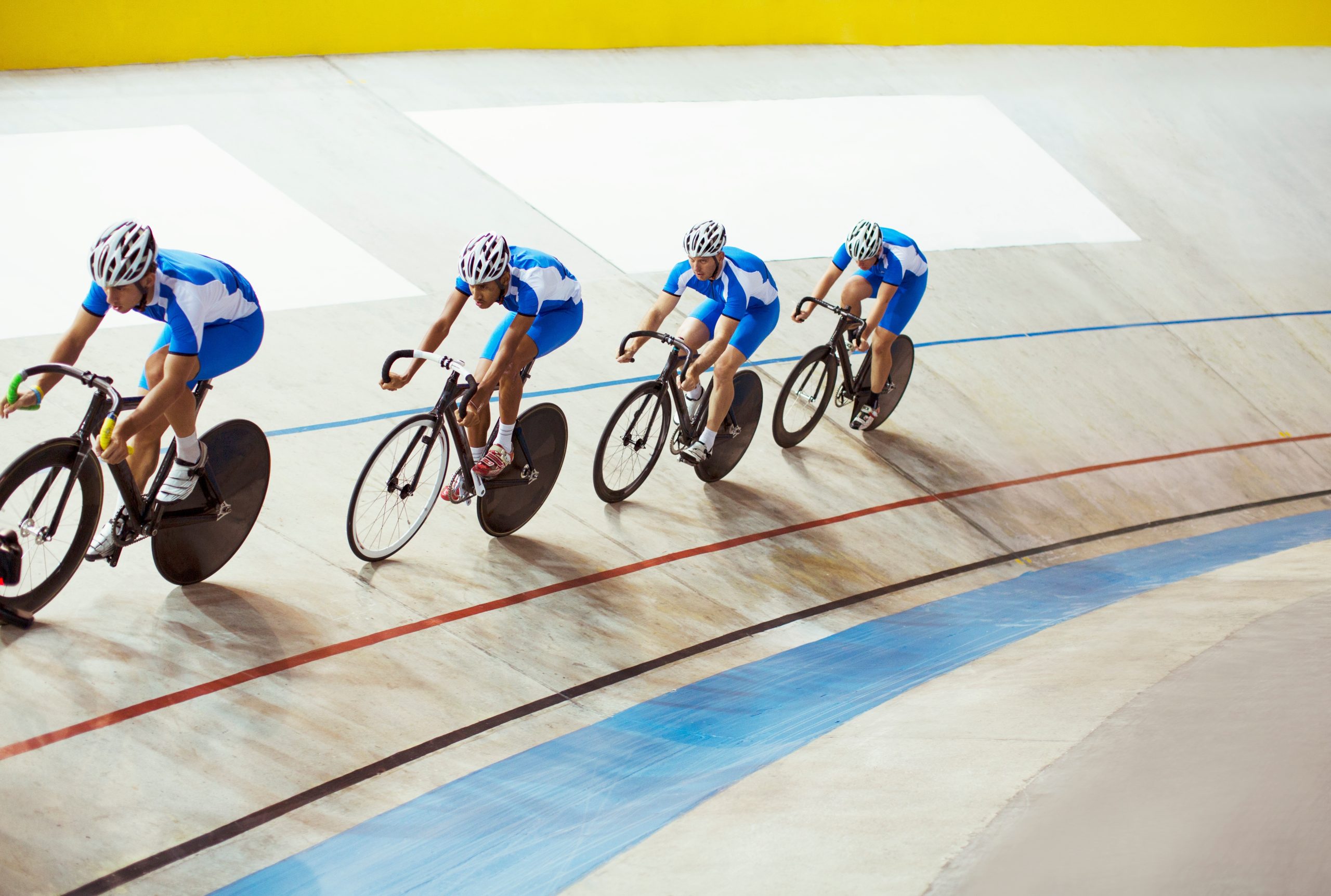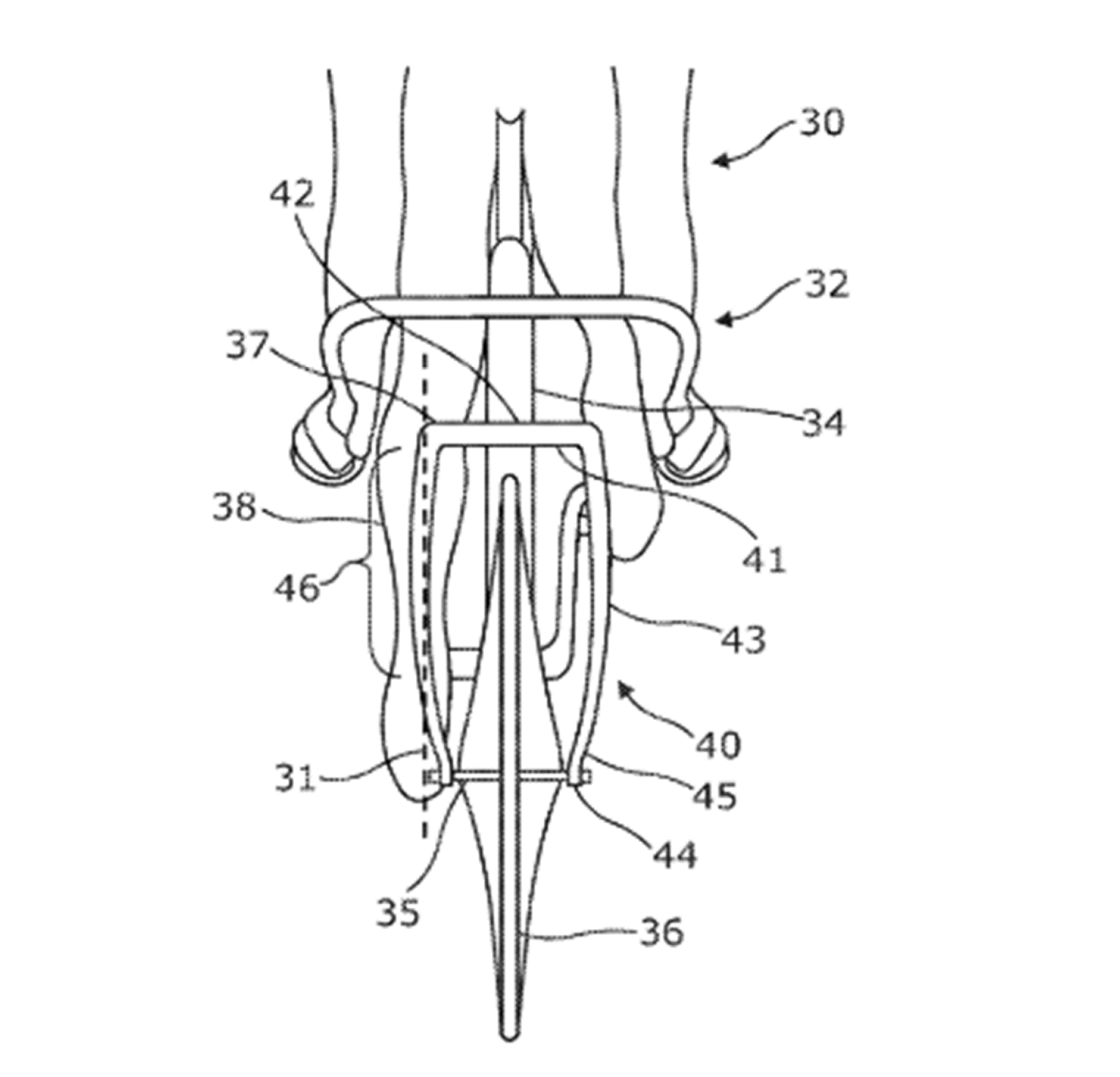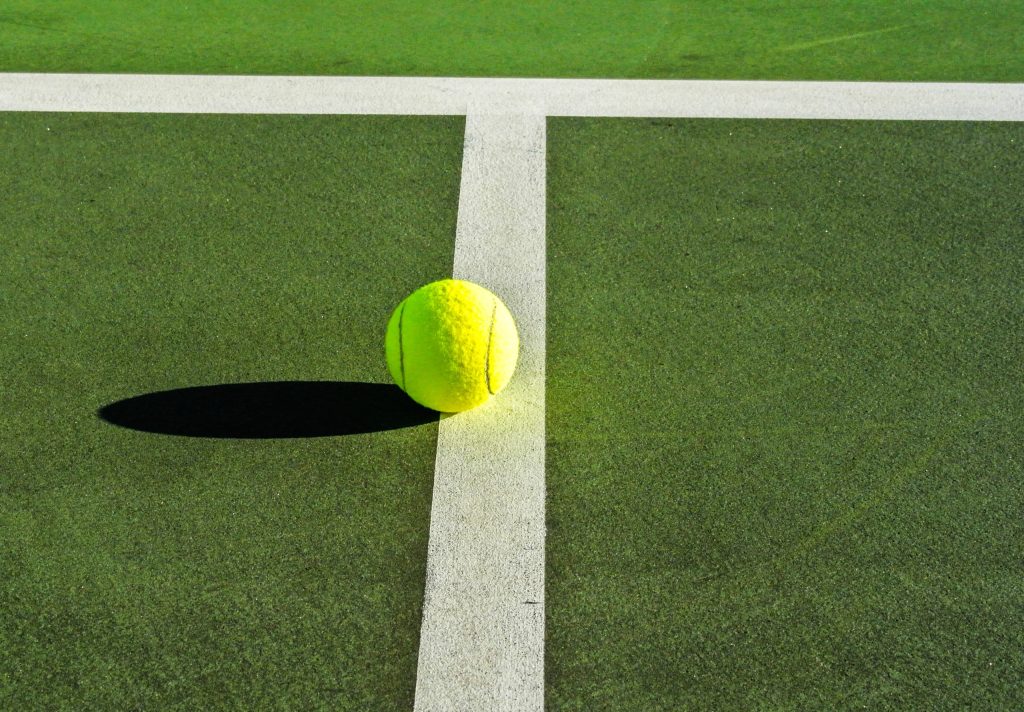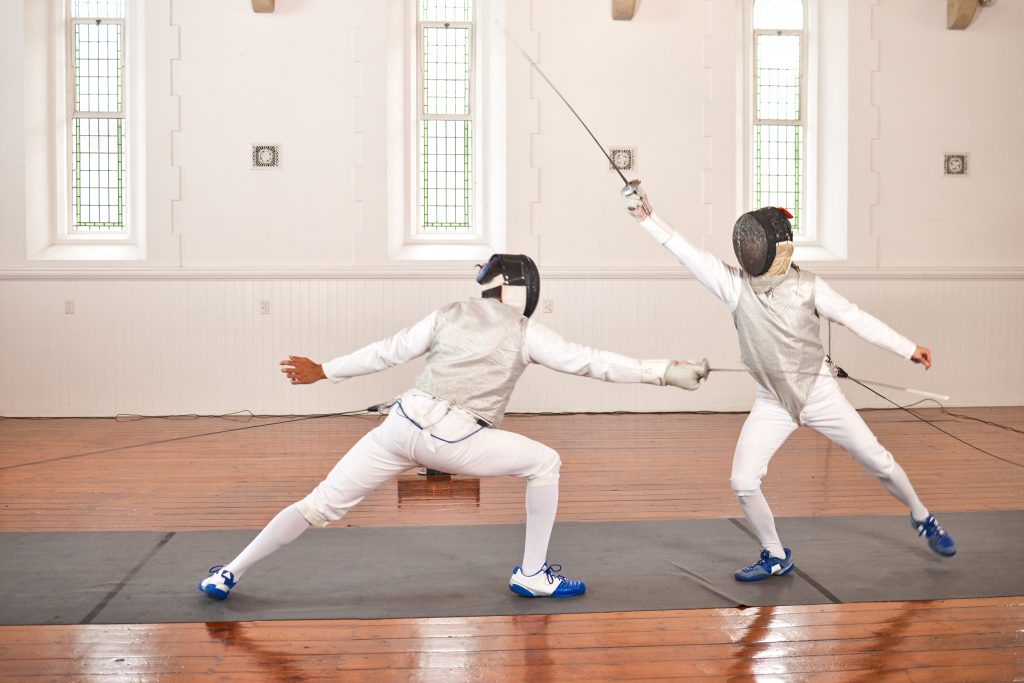
Track cycling is a sport in which Great Britain has consistently excelled at the Olympic Games. In the previous Tokyo 2020 Olympics, Team GB won seven medals in the velodrome – more than any other nation that year. Besides the top-tier talent of Team GB’s athletes, British Cycling’s pioneering approach to track bike innovation has been a key factor in their success.
In Tokyo, Team GB garnered significant attention with their futuristic track frame design, featuring front forks that were spaced much farther apart than traditional models. It is understood that this design aligns the wakes created by each fork with the legs of the rider, thereby reducing the effective wind speed experienced by the rider’s legs and lowering overall system drag. An updated version of this frame design is also being used by Team GB in Paris (see here), with the hope that it will propel this year’s riders to achieve similar success.
A testament to the innovation behind these bikes, a UK patent was granted to British Cycling in 2022 in respect of the frame design, and a corresponding EP patent was also granted only last week. Looking at the claims of the UK patent, claim 1 recites:
1. A bicycle comprising a pair of front forks, each fork extending downwardly and substantially parallel to each other from a crown, the forks widely spaced apart from each other and a wheel mounted therebetween, wherein the widely spaced forks are each aligned with the axis of the lower leg of a rider in a normal riding position.
The claims define the scope of protection provided by a patent, meaning that British Cycling (and the co-applicant for this patent – The English Institute of Sport) can prevent third parties from making, using, importing, or selling any product in the United Kingdom which falls under the scope of the above wording. The EP patent can similarly be used to restrict the activities of third parties throughout Europe (depending on where the patent is validated), although the claims of the EP patent offer a different scope of protection compared to the UK patent, seemingly focused primarily on the arrangement of the seat stays rather than the forks:
1. A bicycle comprising a pair of seat stays, each seat stay extending downwardly and substantially parallel to each other from a crown, the seat stays widely spaced apart from each other and a wheel mounted therebetween, characterised in that the stay spacing is in the range of Q-factor plus 40-90mm.
2. A bicycle as claimed in claim 1 comprising: a pair of front forks, each fork extending downwardly and substantially parallel to each other from a second crown, the forks widely spaced apart from each other and a wheel mounted therebetween, the fork spacing being in the range of Q-factor plus 40-90mm.

Interestingly, some other nations, such as Japan and France, seem to be using bikes which exhibit broadly similar designs to the bikes used by Team GB. An article published last year by Cycling Weekly speculates that these similar bikes might infringe on Team GB’s UK patent, and that British Cycling was considering possible legal action at the time of writing. However, a spokesperson from the Japanese federation said that their bike was designed with British Cycling’s patent in mind.
Regardless of whether there is patent infringement in this case, this example demonstrates the importance of companies conducting Freedom to Operate (FTO) searches before launching new products to market. FTO searches help determine whether a product can be commercialised without infringing on existing patents, thereby avoiding costly legal disputes and ensuring smooth market entry. If a problematic patent is identified during an FTO search, necessary steps can be taken prior to product launch to avoid infringement. For example, this may include designing around the patent, negotiating a licensing agreement with the patent holder, acquiring the patent, or challenging the validity of the patent.
If you are considering bringing a new product to market and would like to discuss the possibility of performing an FTO search or applying for a patent, please get in touch with our team at gje@gje.com.


